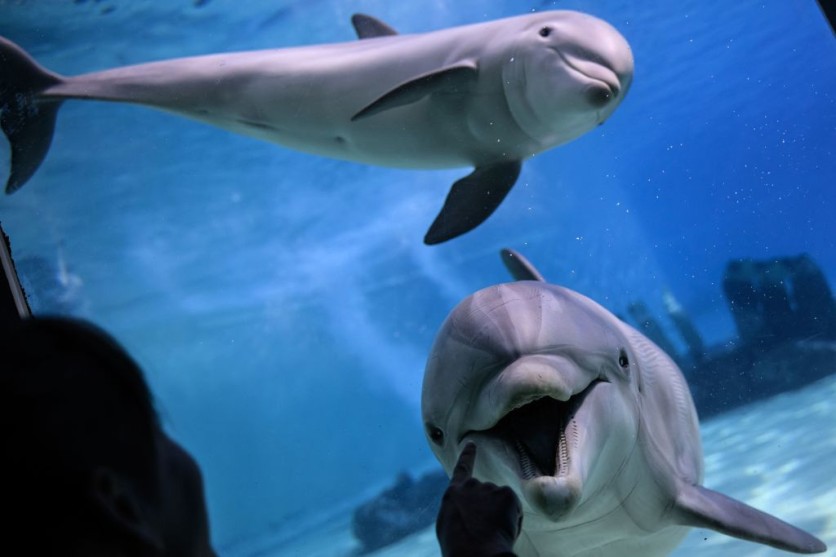The unsuspected culprits behind the toxic nourishment of baby dolphins are their own mothers' milk. In a startling revelation, a recent study has unveiled that various toxic pollutants are transmitted to baby dolphins in more concentrated quantities compared to their mothers.

Pollutant Transfer Lactation
A recent study conducted on bottlenose dolphins reveals that while human breast milk is known to provide infants with immune-boosting benefits, it appears that mother dolphins have been transmitting persistent organic pollutants (POPs) to their offspring through lactation.
The research aimed to investigate the mechanisms of pollutant transfer from mother bottlenose dolphins to their nursing offspring. Scientists delved into the accumulation of lipophilic compounds, such as DDTs, PCBs, PBDEs, HCHs, and CHLDs, in the blubber of marine mammals and explored how these pollutants are passed from lactating female dolphins to their calves.
To gain insights into the dynamics of maternal contaminant transfer, Interesting Engineering reported that the research team collected placenta, blood, and milk samples from mother-calf pairs of dolphins. The study unveiled varying initial levels of POPs in these samples, a phenomenon influenced by individual differences and the age and reproductive history of the female dolphins.
Neurological Concentrations of Pollutants
Dawn Noren, who led the study, emphasized the significance of newborns receiving the highest concentrations of pollutants shortly after birth, which is a crucial period of vulnerability. She noted that mammals continue to undergo neurological development post-birth, making early exposure to high pollutant levels a matter of great concern.
According to Newsweek, these persistent organic pollutants (POPs) exhibit slow degradation rates in the environment, accumulating up the food chain as they become stored in the fatty blubber of marine animals. These substances exhibit an escalating concentration within the bodies of animals occupying higher trophic levels, which includes dolphins and various other marine mammals.
Bioaccumulation transpires due to the inability of these toxins to undergo degradation within the animals' organisms, causing their concentration to surge. Given that these toxins find refuge in the fatty tissues of dolphins, they eventually permeate into their milk, subsequently being consumed in substantial volumes by the offspring of the dolphins.
In this comprehensive study, six mother bottlenose dolphins and their calves, all part of the Navy's Marine Mammal Program situated in San Diego Bay, underwent scrutiny. This involved a meticulous assessment of the varieties and concentrations of toxic chemicals present in their blood and milk samples.
The research, through its observations, revealed a decline in maternal serum and milk concentrations over time, while simultaneously observing an increase in calf serum concentrations of persistent organic pollutants (POPs). The transfer of contaminants to calves demonstrated variation based on the POP class and congener, with certain compounds exhibiting higher transfer rates.
These findings furnish critical insights into the dispersion of pollutants within the ocean and contribute to a better comprehension of the hazards posed by pollutants to young toothed whales. The research was officially published in the Science of The Total Environment journal.

ⓒ 2025 TECHTIMES.com All rights reserved. Do not reproduce without permission.




